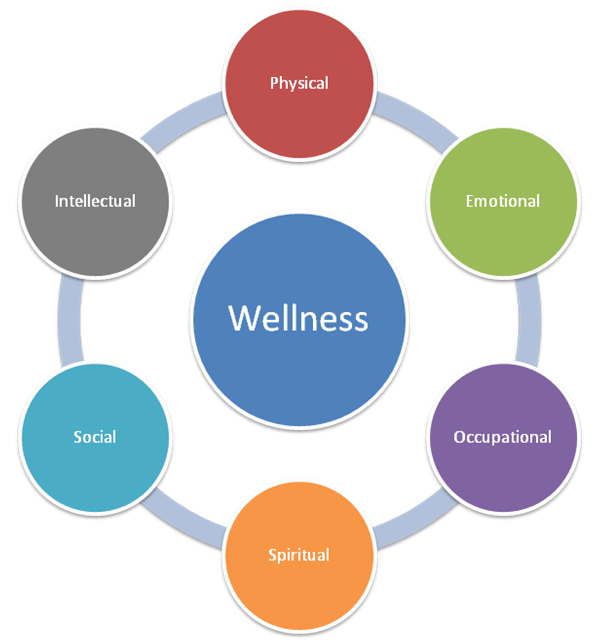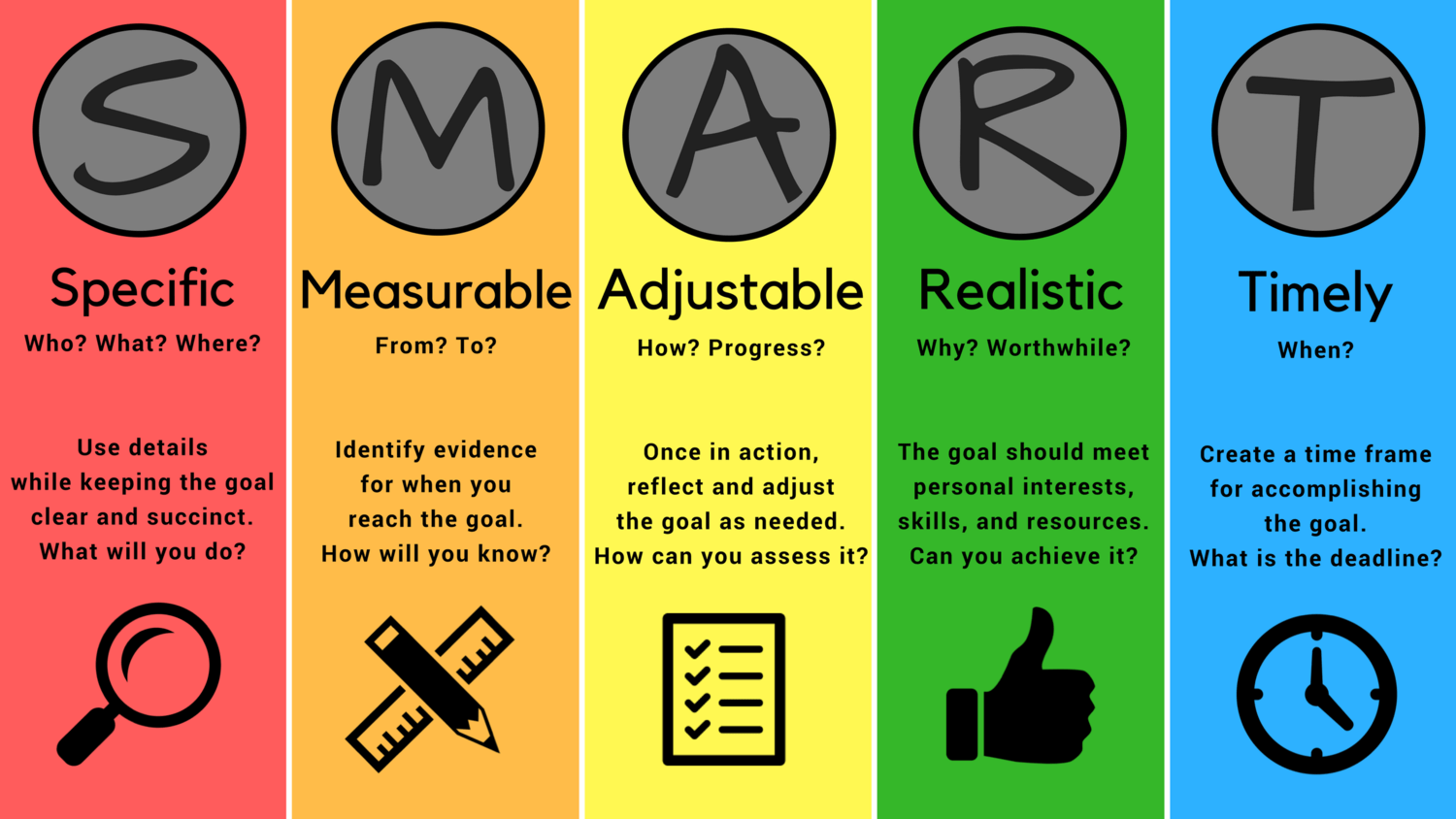So, you’re looking for wellness? It’s a broad topic that can seem daunting and confusing. Do you want to lose weight, get in shape, or be more energetic? You might not know exactly what wellness means to you. Wellness is all about living an active lifestyle where your body feels good and functions well on a daily basis. This blog post will help guide you through the wellness-plan process by teaching you how to put it together!
Contents
What is a wellness plan?

A wellness plan is a wellness-related program for employees. This type of benefit can be an alternative to health insurance. It usually includes preventive care, fitness options or screenings, medical checkups, counseling services, and more.
A wellness plan will focus on helping your company attract. It will target to retain top talent from a diverse pool of people while gaining a competitive edge.
There are several wellness plan options available in the market, but not all of them are a good fit for your company. So how do you know which wellness plan is right? Here are some questions to ask when choosing wellness plans:
Wellness Plan Benefits

One can customize a wellness plan according to his specific needs and goals. It is a great way to stay on track with health care, including exercise, healthy eating habits, or reducing stress levels. Here are the benefits of an excellent wellness plan:
Increases Productivity
By putting together a wellness plan, you can accomplish your goals while at work. Whether that means focusing on managing work-related stress to increase productivity or making time for exercise every day, wellness will improve how you get things done!
Reduces Stress
This is an important benefit of wellness plans because it has been shown that wellness practices reduce cortisol levels and increase dopamine, which helps to reduce anxiety.
Reduces Sick Days
By staying on track with wellness practices such as healthy eating habits and exercise routines, you will be less likely to get sick from stress or a lack of sleep! Wellness Plans are popular because they help people stay healthier for longer periods of time by improving important wellness factors.
Improves Health Behaviors
Wellness plans help people improve their wellness behaviors and make it easier to maintain these healthy practices. By taking small steps, such as making time for exercise every day, you can accomplish your wellness goals while at work!
Improves Quality of Life
Wellness is important because we spend so much time at work – why not enjoy good wellness practices that can improve wellness and quality of life? Wellness plans are a great way to do just that!
Increases Employee Engagement
A wellness plan can benefit both employers and employees. By putting together a wellness plan, you make your wellness goals tangible while at work! This helps to increase engagement because people enjoy working towards something that is important to them. Putting together a wellness plan will help improve motivation rates, which means more time spent on productive tasks rather than sick days.
Reduces Stress
By putting together a wellness plan, you can accomplish your goals while at work. Whether that means focusing on reducing stress to increasing productivity or making time for exercise every day, wellness will improve how you get things done!
Improves Employee Morale
A wellness plan helps employees feel more positive about their workplace and the opportunities it offers. When wellness is a priority and employees feel happy, this will boost employee morale which means they are more productive!
Increases Employee Retention
By putting together wellness plans that focus on employee engagement and happiness, you can increase retention rates by showing your team how important wellness practices are to the company culture.
Decreases Absenteeism
When wellness is a priority, employees will be less likely to take sick days. Wellness plans make it easier for people to maintain wellness when they are at work! This means that wellness practices such as exercising or eating healthy can happen during the day without having an effect on productivity.
Decreases Employee Turnover
Wellness plans are important to employers because wellness practices help employees feel more engaged and happy with their workplace. When wellness is a priority, employee turnover rates decrease!
Increases Organizational Strength
A wellness plan will benefit your organization by improving productivity, morale, retention rates, and overall well-being for your team members. Wellness has been shown to improve organizational wellness and strength.
Decreases Medical Costs
Wellness practices such as regular exercise, healthy eating habits, and workplace stress management help improve employee wellness by reducing medical costs for employers! This means that wellness is an important part of maintaining a strong company culture with low turnover rates. Wellness plans are popular because they can reduce overall health care costs while improving wellness and employee wellness.
Decreases Productivity Loss
An important part of a wellness plan is making sure that your employees have time to exercise or take care of themselves during the workday without affecting their productivity! Wellness plans make it easier for people to maintain wellness when they are at work, which means fewer sick days and less time lost to wellness practices.
Breaks the Monotony
A wellness plan will help you create new wellness practices that are unique to your team members. This can provide a more positive work environment, while also helping people enjoy their wellness routine! Wellness plans allow for freedom of choice which helps reduce monotony and be encouraging about wellness in the workplace.
Improves Quality of Life
Wellness is important because we spend so much time at work. Why not enjoy good wellness practices that can improve wellness and quality of life? Wellness plans are a great way to do just that!
How To create a wellness plan?

A wellness plan is a good way to get started on the path toward creating health and wellness. It can be customized for each person, taking into account their medical history.
Before starting a wellness program keep these things in mind:
- Realistic Wellness Goals: Make wellness goals that are achievable. don’t go for anything that is overwhelming or unattainable. Wellness goals should be achievable and that can also include rewarding yourself for your hard work
- Practical ways to achieve goals: Wellness goals shouldn’t be too easy or difficult to accomplish. wellness goals should also fit into one’s lifestyle and not interfere with it. Because wellness goals should be achievable, they shouldn’t include going to the gym every day if you don’t have time or energy. Wellness goals can also change as a person’s wellness plan progresses.
- Understandable plans: All the members of a wellness plan should be able to understand how a wellness program works and what is expected of them. Wellness plans can work for anyone, as long as they are developed thoughtfully and goals are met in an achievable way. A wellness plan can include daily meditation exercises, yoga sessions twice per week, weekly physical activity sessions with friends.
How to set objectives for a wellness program?

- Conduct a health-risk assessment: This is a wellness tool that identifies health risks and develops wellness goals. It’s best to have your doctor or physician help you with this as it can be very thorough since it looks at all aspects of wellness including mental, emotional, spiritual, social, and environmental factors.
- Give out questionnaires and conduct polls: Polls and questionnaires are a great way to assess wellness needs.
- Use the data from the survey: You can then use this data to develop wellness goals.
- Develop wellness activities: The last step is developing wellness programs that are linked with the wellness goals you have set for your workforce.
- Set a timeframe to aim: It’s important to set a timeframe and make wellness goals actionable. You should not be least bothered if wellness goals are not completed in the timeframe you set.
- Appoint a wellness administrator: You need to appoint a wellness administrator who will be in charge of wellness programming.
Wellness Plan ideas
Once you set goals for wellness, you can write a wellness plan to begin your wellness journey.
Track activity levels with an app
One of the most effective ways to stay motivated is by tracking your progress. There are lots of great health apps that help track physical activities like exercise and sleep patterns. You might even consider getting one for each family member so they can keep track of their wellness goals.
Weight loss challenge
Start a office weight loss challenge among your family. If you select someone to “win”, they can choose where everyone goes for dinner or what healthy treats should they eat at home that week! As you write wellness goal ideas down on paper, remember to set achievable goals with measurable steps and timeframes.
Office Fitness Challenge
Create wellness goals for your workplace wellness plans. Ask employees to take the FitBit challenge and see who can get in 30 minutes of activity during their workday. If they meet this goal, give them a wellness-related prize like an extra day off or tickets to a local event.
Healthy Eating Challenge
Create wellness goals for your workplace wellness plans. Ask employees to take the FitBit challenge and see who can get in 30 minutes of activity during their workday. If they meet this goal, give them a wellness-related prize like an extra day off or tickets to a local event!
Cycle-To-Work Scheme
Schedule wellness activities into your daily routine. If you commute to work by bike, why not get a route that includes healthy stops at local cafes or wellness shops. No time for breakfast? Stop and eat an energy bar on the way! It’s easy to make wellness goals when one can incorporate them into everyday life.
Smoking Cessation Challenge
Smoking is always wellness-related, so it’s time to create wellness goals around quitting smoking! You can make wellness goals like giving up cigarettes for 30 days or trying the nicotine patch. If you are successful, reward yourself with some wellness activity like a massage or walk in your neighborhood park.
Office Yoga
Yoga doesn’t have to be done in a traditional yoga studio! Yoga videos are available on YouTube for free. You can always bring your mat into the office. Later, schedule wellness time to do some sun salutations or downward dog poses during working hours. It will energize everyone, not just one wellness warrior!
Meditation Mornings
Meditation is wellness-related, so it’s time to create wellness goals around meditation. Schedule wellness activities into your daily routine. Every morning before work, sit for five minutes and meditate on something like gratitude or self-care. After a month of practicing this habit, reward yourself with some wellness activity like buying that book.
Things You Can Provide Your Employees With
- Free Gym Memberships: Employees can take advantage of free employee wellness programs, health screenings, and wellness activities. Your employees will feel more motivated to remain healthy if they have the necessary tools at their disposal.
- Healthy Snacks: Include a variety of snacks in your office kitchen so that your employees always have something tasty but also nutritious on hand when they are hungry.
- Massage Therapy: Offering wellness programs with massage therapy is a great way of offering wellness to your employees. It also helps ease the stress that they endure during their workday.
- Free Yoga Classes at Work: Yoga can help reduce many health problems, including cardiovascular disease and high blood pressure, making it an important wellness activity.
- Free Counseling: The wellness plan should also include free counseling sessions for employees who are experiencing mental health issues during their workdays. Mental wellness is just as important to overall wellness. So it needs its own space in the wellness plan you put together. Your employees will feel more motivated to remain healthy if they have the necessary tools at their disposal.
- Bicycles: Incorporate a wellness program that includes bicycles for employees to use during their workday so they can go from one building to the next rather than taking a car.
- Sensory Deprivation Tanks: Some wellness programs also feature sensory deprivation tanks in order to help your employees relax and unwind after a long day on the job.
- Journals for Journaling: Offer wellness programs that include journals so your employees can take time out of their day to write about their feelings and get them off of their chest. This will help reduce the stress they are feeling during work hours.
Conclusion
This blog post has shown you that it’s not hard to put together your own wellness plan. All you need is a little time, dedication, and the willingness to try new things. The best part about creating your own personalized wellness plan is that there are no rules or limitations! It doesn’t matter if you have an idea of where to start but don’t have the know-how. This article will make you put together your own personal wellness regime for success. Now, all we ask from our readers is that they remember these three simple steps when trying out their new well-rounded lifestyle. If at any point during the process something feels too difficult, just stop doing it until you feel ready again!
Do you want to keep your employees happy, healthy, and productive? Join our employee assistance program and get a healthier workplace.


